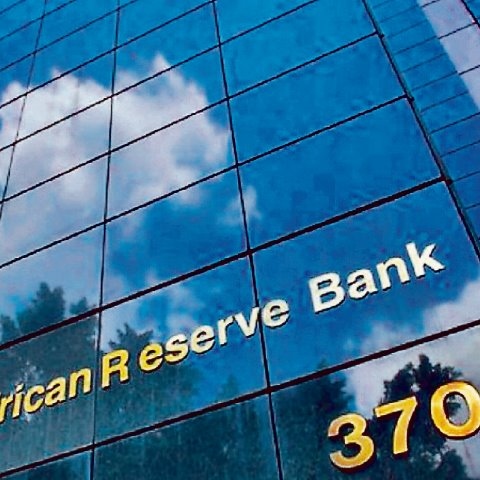click to dowload our latest edition
CLICK HERE TO SUBSCRIBE TO OUR NEWSLETTER


Published
5 years agoon
By
adminJONATHAN KATZENELLENBOGEN
Economists and traders said ANC Secretary General Ace Magashule’s threat to Reserve Bank independence could, if implemented, open the path to hyper-inflation and an economic crisis in South Africa similar to those in Zimbabwe and Venezuela.
Magashule, widely regarded as head of the “Zuma faction”, called for government ownership of the central bank, a change in the bank’s mandate to one focusing on growth rather than protection of the currency, and “quantity” easing.
This was a reference to quantitative easing, the massive injection of liquidity that was used in the United States (US) and Europe to save the financial system after the 2008 crash.
“If we go back to 1994, there are two institutions that have given huge comfort to investors: the national treasury and Reserve Bank,” says David Shapiro, the deputy chairperson of Sasfin Securities.
“All the governors have been well respected, and you don’t want to fiddle with that. Giving independence away would be disastrous,” he says.
Earlier this week, the rand had strengthened slightly on its low against the dollar of R14.95 last week, but it had yet to regain its position prior to the bashing.
President Cyril Ramaphosa quashed the threat to the independence of the bank, but the rand remained under pressure. With the bank a frequent target of populist talk, there are continuing worries in the markets about its future position.
Says Shapiro, “By itself, government ownership would make little difference to bank independence” as the shareholders have no real power. It is the South African constitution that gives the bank its independence, and the mandate of protecting, “the value of the currency in the interest of balanced and sustainable economic growth”.
Shapiro points out that many of the world’s central banks are state owned. The worry, he says, is that government ownership and a change in the South African constitution could pave the way for political influence over monetary policy and “allow the government to print money, and use foreign exchange reserves for the wrong purposes”.
Michael Kransdorff, an economist who is a co-founder of interest rate comparison site MyTreasury, said changing the bank’s mandate to one focusing on growth would be “very negative” for South Africa as it would “raise inflationary expectations, and hurt price stability”.
The current bank mandate is price stability, and it does that to advance long-term economic growth,” says Kransdorff.
“High inflation kills long-term economic growth. It creates massive uncertainty for business and consumers about future prices, and leads to distorted and suboptimal economic conditions.
“Putting the printing presses in the hands of a profligate government like ours is an economic blueprint for financial ruin. It’s been tried many times, and always ends the same way. Zimbabwe and Venezuela are two recent examples,” he says.
Roy Topol, an independent fund manager who has worked at Investec and Old Mutual said, “The risk of a change of mandate is that they start printing money and inflation gets out of control.
“The role of the Reserve Bank is to keep inflation under control. If it controls prices, and prices are stable, economic growth will follow, under normal circumstances,” Topol says.
Kransdorff said the use of quantitative easing to boost the economy was totally inappropriate for South African circumstances. “The South African situation is very different” to those countries that have used this tool, he said.
“We suffer from structural supply problems, including labour-market issues, a skills deficit, electricity shortages, and lack of competition in key sectors,” said Kransdorff.”
“Quantitative easing can’t be done in a small economy. We don’t have a reserve currency like the US, the Eurozone, and Japan. It can’t be done in a country like South Africa, where there are too many problems already, says Topol.
Shapiro says the adoption of quantitative easing would mean “government would go wild with that money”. Inflationary pressures in South Africa meant that quantitative easing would be dangerous. Quantitative easing was used in cases where there were concerns about price-level falls or deflation.
“We have electricity price rises, wage pressures that are above the inflation rate, and a weak rand pushing up local oil prices,” says Shapiro.
“The Ace Magashule story about quantitative easing has made people worry,” he says. “What the president needs to is to come out decisively with a reform agenda with firm policy and action.
“We need strong action that is not linked to ideology. It must be a functional, business-like strategy.”
